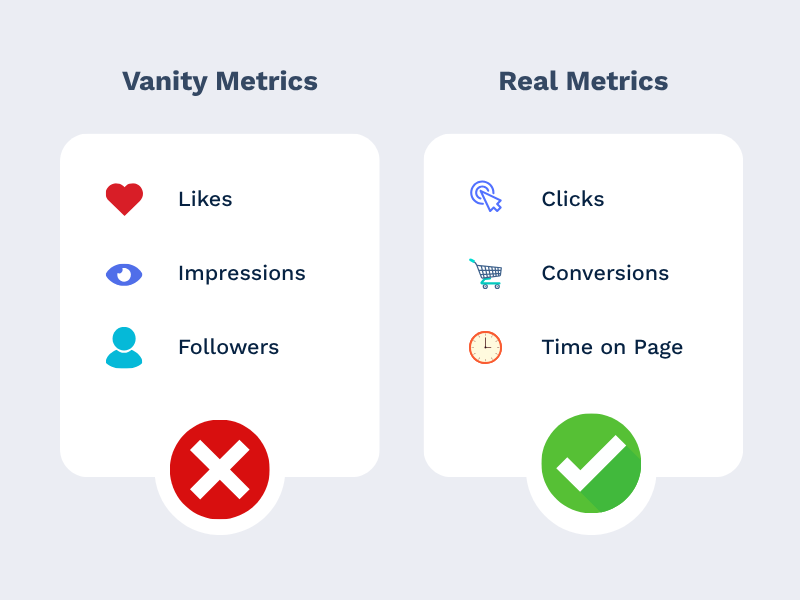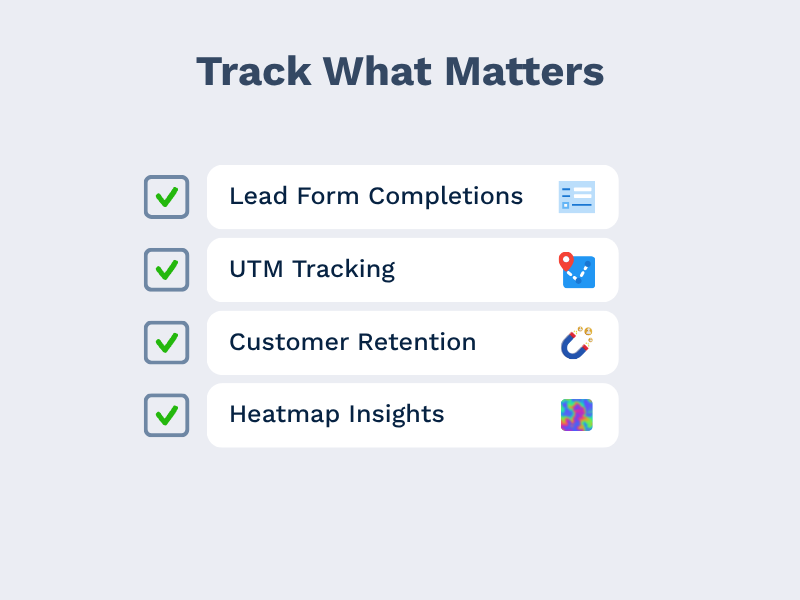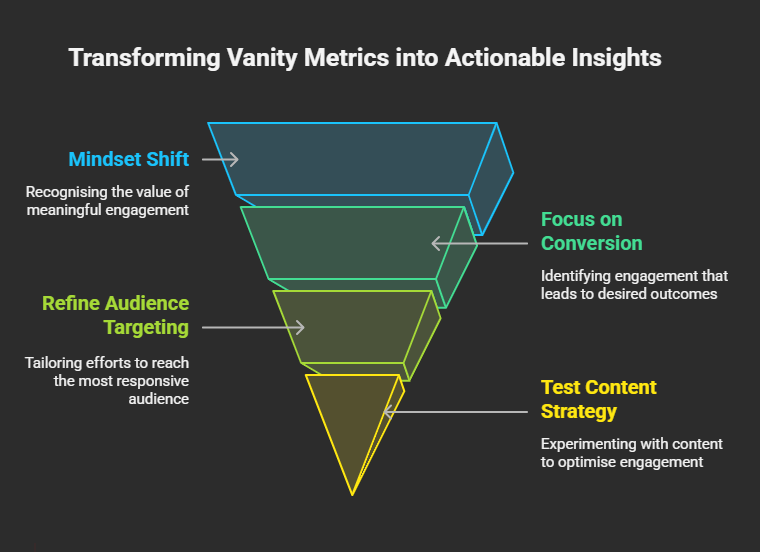A lifestyle brand recently hit a milestone on Instagram: thousands of new followers, hundreds of likes per post and soaring video views. The team celebrated what looked like a clear sign of growth. But behind the scenes? Sales were flat, web traffic was down and customer inquiries had stalled.
What happened?
They fell into the trap of chasing engagement metrics that looked good on the surface but offered no real business value. These are known as vanity metrics, numbers that inflate confidence but rarely lead to actual conversions or meaningful results.
Studies show that likes, follower counts and impressions are classic vanity metrics; they can look impressive but often have little correlation with conversions or sales. In contrast, tracking metrics like saves (which signal genuine content value), external link taps and conversion rates provide a much clearer picture of real business impact. Brands that focus on actionable metrics are better equipped to drive growth, while those chasing vanity numbers risk celebrating empty milestones.
In this blog, we’ll explore how to start identifying vanity metrics, shift your focus towards measuring actionable engagement and build a strategy rooted in metrics that genuinely drive business growth.

Vanity metrics are numbers that may look impressive on a dashboard, but ultimately don’t contribute to your business goals. They’re surface-level indicators of activity, not impact.
While they may make a brand appear successful at first glance, these engagement metrics are often misleading.
Relying on vanity metrics can lead to poor decision-making, wasted ad spend and missed growth opportunities.

To drive meaningful business outcomes, you need to focus on measuring actionable engagement, not just surface-level signals. That starts with knowing the difference between fake and real indicators.
These are the kind of metrics that make your reports look better without impacting your bottom line.
Tracking these types of engagement metrics gives you the insights needed to optimise content, improve campaigns and grow your business.

If your engagement isn’t helping your business grow, it’s time to rethink what you’re measuring. Real engagement metrics should be tied to tangible outcomes, like sales, leads, or retention.
Start by defining what success looks like. Do you want more sign-ups? More product demos? Higher customer lifetime value? Your engagement strategy should support these outcomes, not distract from them.
Track Metrics That Matter
This shift to measuring actionable engagement gives you clearer insights and more control over your marketing ROI.

Making the move away from vanity data starts with a mindset shift: not all engagement is created equal.
Prioritise high-intent actions like:
A passive like might feel good, but it rarely moves the needle.
Ensure your engagement is coming from qualified leads, not bots or users outside your market. Quality always beats quantity when it comes to building a customer base.
Track which posts drive valuable actions, like conversions or time on page and use that data to improve your future campaigns. Test different formats, tones and CTAs to find the sweet spot.
By aligning your content with audience intent, you’ll drive engagement metrics that mean something.
At Mr Digital, we’ve helped clients shift away from chasing superficial engagement towards metrics that actually drive results. One great example is our work with Pad Creative. Instead of focusing on likes or impressions, we built campaigns around measurable performance, tracking CTR, conversion rate and cost per lead.
Through constant testing and strategic refinement, we helped Pad Creative achieve a 42.2% increase in CTR, a 40% reduction in CPC and a 190% uplift in conversion rate. These weren’t just vanity improvements; they were real results tied to lead generation and growth.
You can read more in our case studies section to see how we prioritise results over appearances.
In today’s data-rich world, it’s easy to be distracted by high numbers that look good, but don’t add real value. The difference between growth and stagnation often comes down to the ability to distinguish vanity metrics from performance indicators that impact your bottom line.
By focusing on measuring actionable engagement, you’ll gain deeper insights, improve campaign performance and deliver better results across every channel.